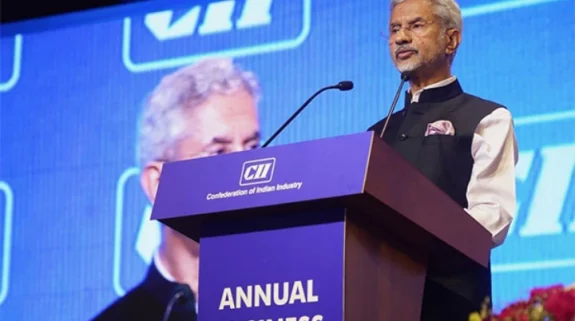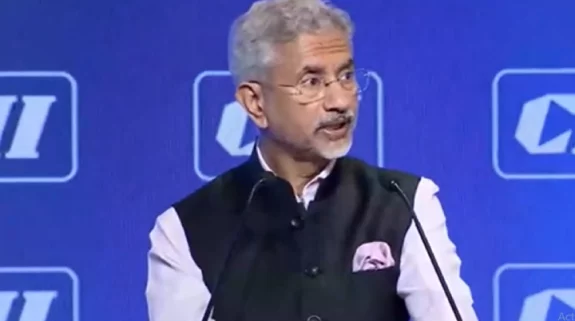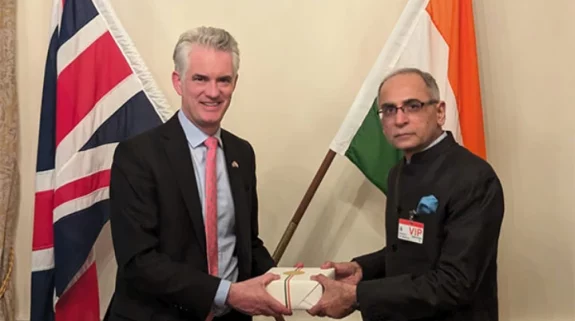The number of one-horned rhinos in Nepal's wildlife sanctuaries has increased by more than a hundred in the last six years, in what is seen as a “positive milestone” in the Himalayan country’s conservation campaign.
The results of the latest census shows Nepal's rhino population has risen to 752, from 645 in 2015.
The animal was close to extinction in the last century, and its revival in Nepal and India is regarded as one of the greatest conservation success stories in Asia.
"We are very excited by the rhino survey's findings. After the tigers, now the rhino population has also gone up," Haribhadra Acharya, a senior official at the Department of National Parks and Wildlife Conservation, told the BBC.
Of the total number of rhinos, more than 90% live in the Chitwan National Park, which is also home to tigers, elephants, leopards and Gangetic gharials (fish-eating crocodiles).
Following the population increase in recent decades, the rhino's status has improved from endangered to vulnerable.
The population of one-horned rhinos was once below 100 in the 1960s. But authorities and the government stepped up conservation efforts to boost the population and began a census every five years starting in 1994. The first census revealed there were roughly 466 rhinos in Nepal in 1994. The 10-year civil war between Nepal's security forces and local Maoist rebels that ended in 2006 had a devastating impact on the wildlife. Poachers exploited the unrest and killed hundreds of animals for their horns.
The World Wide Fund for Nature (WWF) says the rhinos are hunted because their horn is used in traditional East Asian medicines – though there is no scientific proof of its medicinal value.
"We didn't have enough manpower to safeguard the forest and the poachers also had more advanced weapons. Once the civil war ended, we adopted a multi-pronged strategy to curb poaching," Ananath Baral, the chief conservation officer at Chitwan Park told the BBC.
The government deployed hundreds of Nepali soldiers in the parks, and local communities were enlisted to disrupt the poaching network. Police also launched a drive against the illegal trade.
The latest census, which was delayed by a year due to the pandemic, was carried out on the backs of elephants for nearly three weeks in late March to count the rhinos. GPS equipment, binoculars, and cameras were used for the census.
As rhino numbers increased, tourism also picked up, generating much-needed income. The authorities said they had invested a significant portion of these earnings for the development of nearby villages.




















